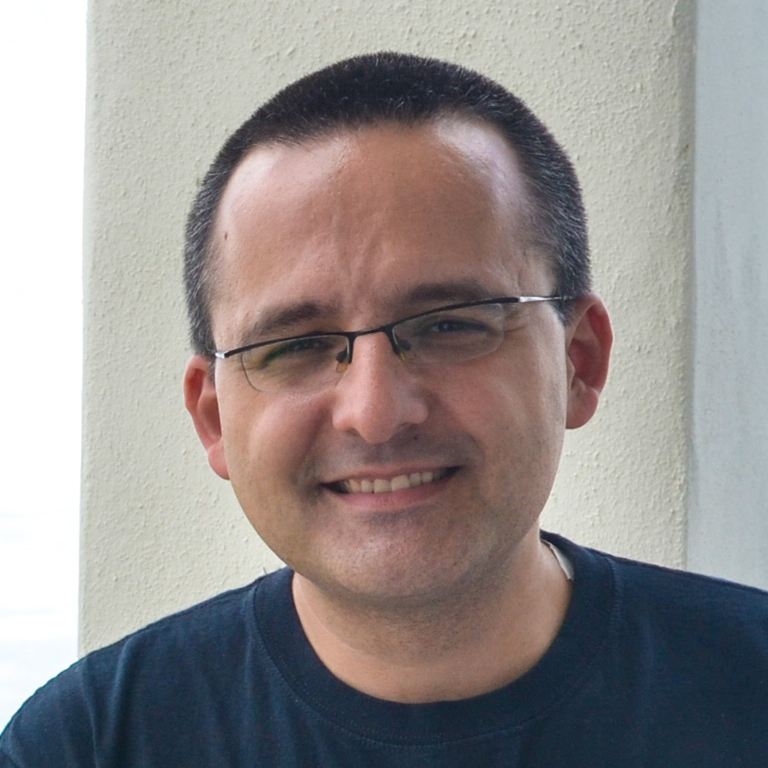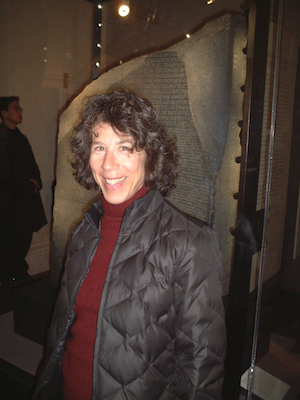



Alberto Cairo
Journalist, designer, and Professor of Visualization, Infographics and Data Journalism
Shool of Communication, University of Miami
Title:
The Island of Knowledge and the Shorelines of Wonder.
Visualization and Infographics for an Enlightned World
Abstract:
To say that giving data a visual shape helps us humans comprehend the increasing complexity of the world isn't particularly surprising nowadays. Or is it? Are we really working to transform visualization into a tool that all citizens can use? Are we building bridges to connect the multitude of disciplines that deal with visualization and information graphics today, in many cases without being aware of what goes on beyond their boundaries? Perhaps we aren't. It may be time to face that challenge head-on.
Speaker Bio:
Alberto Cairo is a journalist, designer, and professor of visualization, infographics, and data journalism at the School of Communication of the University of Miami. He is also the head of the visualization program at UM's Center for Computational Science. He has been director of interactive graphics at El Mundo newspaper (Spain, 2000-2005), a professor at the University of North Carolina-Chapel Hill (2005-2009), and director of multimedia and infographics at Editora Globo (Brazil, 2009-2012).
Cairo is the author of the book ‘The Functional Art: An Introduction to Information Graphics and Communication’. He has taught courses and workshops in two dozen countries, and run four editions of a Massive Open Online Course (MOOC) about visualization for communication that has attracted 14,000 people from more than 100 countries. He tweets as @albertocairo and his website is www.thefunctionalart.com.

Barbara Tversky
Professor of Psychology Emerita at Stanford University
Professor of Psychology at Columbia Teachers College
Title:
Understanding and Conveying Events
Abstract:
The world presents us with an overwhelming continuous multi-media flow of information to all the senses. From that we carve discrete chunks, events. Events can be analyzed as kinds and as parts. Our research on segmenting everyday events like making a bed shows a confluence of top-down (goal-completion) and bottom-up (local maxima of information change) features at event segment boundaries that allow inferences from one to the other. The flip side of understanding events is communicating them, using a range of linguistic diagrammatic, and pictorial devices. Analysis of research and examples from history, diagrams, and comics will illustrate ways to convey events visually.
Speaker Bio:
Barbara Tversky is a cognitive scientist who has worked on memory, categorization, spatial language and thinking, event perception and cognition, diagrammatic reasoning, creativity, and gesture. She has enjoyed collaborating with computer scientists, linguists, philosophers, engineers, educators, biologists, chemists, geographers, artists, and designers on a range of projects. She is Professor of Psychology Emerita at Stanford University and Professor of Psychology at Columbia Teachers College. She is a member of the American Academy of Arts and Sciences and a Fellow of the Cognitive Science Society, the Society for Experimental Psychology, the Psychonomic Society, and the Association for Psychological Science.